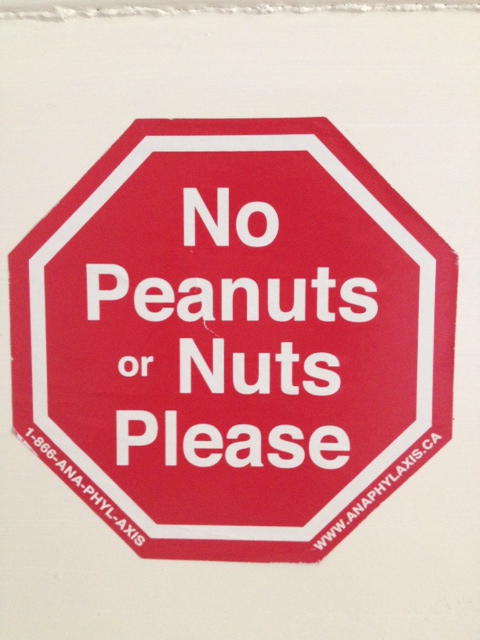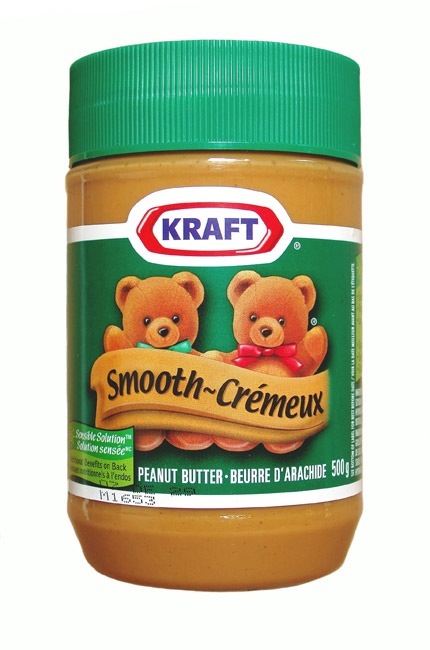Take the time to talk about Allergies to kids, and be sure to do so at an age appropriate level. Kids enjoy learning new things and they may already be familiar with Allergies from talks at school. You might even learn something from the kids. Most kids know what it’s like being sick and they don’t like it. Most kids also don’t like seeing other people sick. Kids know they shouldn’t take medicine out of the medicine cabinet and eat it because it will make them sick and sometimes send them to the hospital. The same can be said about an Allergy child. They shouldn’t grab an Allergen and eat it. Most children understand this concept. If they eat an Allergen, they might get a nasty headache, stomach ache, go to the hospital, get a shot, iv prep, and they might die. However, a Allergy-free kid might need to be told this, and receive a full explanation how an Allergen is a poison to Food Allergy sufferers.
In addition to communicating knowledge to siblings and their friends, you should consider teaching Allergy symptoms, provided they have reached an age that can understand this concept. You might even consider teaching them how to use an epinephrine shot. My oldest daughter learned to use an epinephrine pen when she was five years old. Of course every child is different and each parent should consider whether or not this is the right approach. We sat her down and had a very long talk with her with lots of reminders throughout the years. She was in the Emergency Room with us so some ideas were already formed inside her head. We taught her the symptoms of an Allergic reaction and if her brother feels sick to immediately call an adult. If no adult is available, then she is to administer the epinephrine shot and call 911. She is to stay on the phone and do as the operator tells her to do. We showed her how to use the trainer, and she practiced. She even slammed an orange with an expired epinephrine shot. She loved learning this material and is more informed than many adults I know. They say you don’t want to waste an education, but this case is an exception. We don’t expect her to have to use her knowledge, but there is always that possibility that she will one day save her brother’s (or someone else’s) life.
This makes me feel better that at the very least she keeps an eye on her little brother. She feels like an adult because she is informed and has an adult responsibility. She watches what her brother eats, reminds him of his trip to the Emergency Room should he want to stray from his prescribed diet, and reads Ingredient Labels for him. She’s caught some incidences of Sunflower Oil-containing products before my son ate them and for that we are grateful. She puts her Allergy education to good use.
If you know of anyone who would be interested in reading this blog, please copy the URL address and send it to them.
Thanks!














